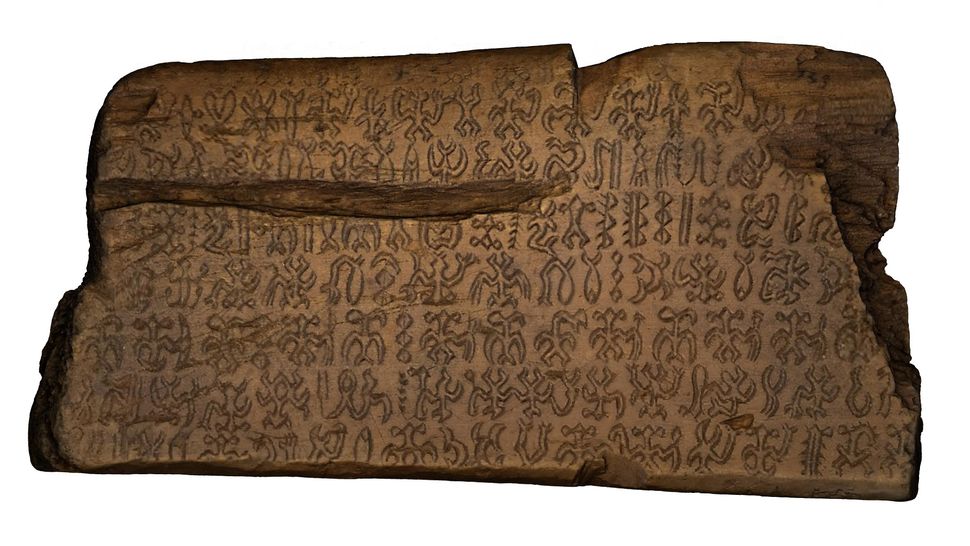Undeciphered script from Easter Island may predate European colonization [View all]
By Tom Metcalfe published 1 day ago
A wooden tablet inscribed with the undeciphered rongorongo script from Rapa Nui (also known as Easter Island) dates to the 15th century, long before Europeans arrived. This early date suggests that the Rapa Nui people invented their own script without European influence.

A wooden tablet with glyphs carved onto it.
Radiocarbon dating shows the wood from one of the rongorongo tablets preserved in Rome came from a tree felled in the late 15th or early 16th century — centuries before Europeans arrived on Rapa Nui. (Image credit: INSCRIBE and RESOLUTION ERC Teams)
A tablet of wood inscribed with the undeciphered "rongorongo" script from the Eastern Pacific island Rapa Nui, also called Easter Island, predates the arrival of Europeans there, strengthening the likelihood that the script is one of the few independently invented writing systems.
The wood from one of four rongorongo tablets preserved in a collection in Rome dates to between 1493 and 1509 — more than 20years before the first recorded arrival of Europeans on the island in the 1720s, according to new research published Feb. 2 in the journal Scientific Reports.
Silvia Ferrara, the study's lead author and a philologist (someone who studies languages) at the University of Bologna in Italy, told Live Science that the results support the idea that rongorongo was an original invention by the Rapa Nui islanders rather than being influenced by the writing they'd seen used by Europeans.
The intricate rongorongo glyphs look completely unlike any European letters, lending further support to the idea that the language was developed independently. "Historically speaking, if you borrow a writing system, then you keep it as close to the original as possible," she said.
More:
https://www.livescience.com/archaeology/undeciphered-script-from-easter-island-may-predate-european-colonization


